When it comes to selecting windows for your home, one of the most crucial decisions is choosing the right frame material. Vinyl frames have gained popularity among homeowners due to their durability, low maintenance requirements, and energy efficiency. However, they come in two primary types: hollow and solid. Understanding the differences between these two options can help you make an informed decision that best suits your needs, lifestyle, and budget.
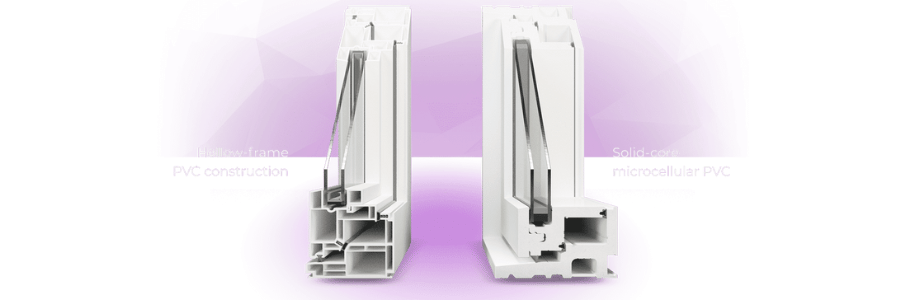
Hollow Vinyl Frames
Hollow vinyl frames are designed with a hollow core, which reduces weight and can lower production costs. This type of frame is often more affordable, making it an attractive option for budget-conscious homeowners. The hollow design typically features multiple air chambers, which enhance insulation properties and contribute to overall energy efficiency by reducing heat transfer between the inside and outside of your home. While hollow frames can provide satisfactory structural integrity for many residential applications, they may not be as robust as solid frames. This could make them less ideal for regions that experience extremely harsh weather conditions, such as high winds or heavy snowfall.
Advantages of Hollow Vinyl Frames:
- Cost-Effective: Generally, hollow frames are more budget-friendly, which makes them a popular choice for homeowners looking to save on initial costs. This affordability can be particularly beneficial for large projects or renovations where multiple windows need to be replaced.
- Lightweight: Their lighter weight can make installation easier and less labor-intensive, which can save you time and money during the installation process. A lighter frame can also reduce strain on window openings, minimizing the risk of structural damage during installation.
- Insulation: The air chambers in hollow frames provide adequate insulation, contributing to energy efficiency. This can lead to lower heating and cooling costs, ultimately saving you money on energy bills over time.
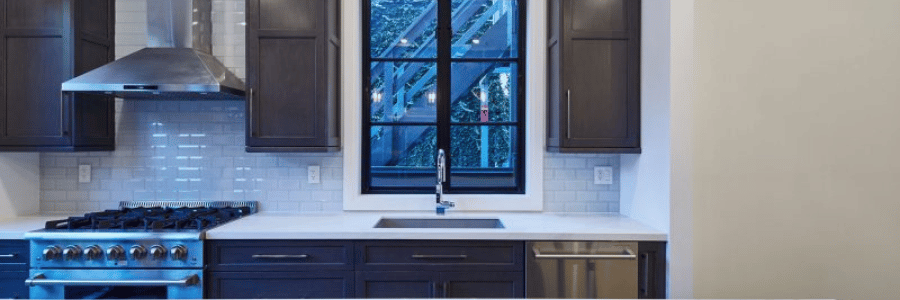
Disadvantages of Hollow Vinyl Frames:
- Less Durable: While hollow frames are designed to be functional, they may be more prone to warping, cracking, or other forms of damage over time compared to solid frames. This can be particularly problematic in areas with extreme temperature fluctuations.
- Limited Structural Integrity: In high-wind areas or extreme climates, hollow frames may not perform as well as solid frames. Homeowners in these regions may find that hollow frames require more frequent repairs or replacements, which can negate any initial cost savings.
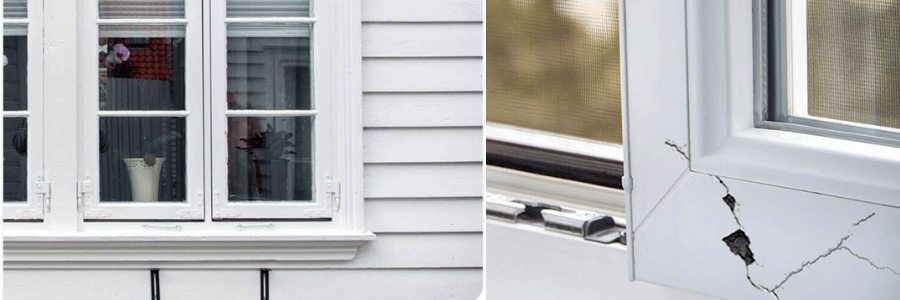
Solid Vinyl Frames
Solid vinyl frames, in contrast, are made from a single piece of solid vinyl material, offering superior strength and durability. This design makes them particularly ideal for homes in areas that experience severe weather, such as hurricanes or heavy snowstorms. Solid frames generally provide better thermal performance due to their dense construction, which minimizes air leaks and enhances overall energy efficiency. By reducing the amount of air that escapes or enters your home, solid frames can help maintain a more stable indoor climate, contributing to your comfort year-round.
Advantages of Solid Vinyl Frames:
- Durability: Solid frames are highly resistant to warping, cracking, and fading, ensuring a longer lifespan even in challenging conditions. This durability means you won’t have to worry as much about maintenance and replacement costs in the long run.
- Enhanced Insulation: The dense material used in solid frames significantly reduces air infiltration, which improves energy efficiency and comfort in your home. This insulation can lead to more consistent indoor temperatures, reducing reliance on heating and cooling systems.
- Better Performance in Extreme Weather: Solid frames can withstand harsh weather conditions, making them suitable for a wider range of climates. This reliability can provide peace of mind for homeowners in areas prone to severe storms or temperature extremes.
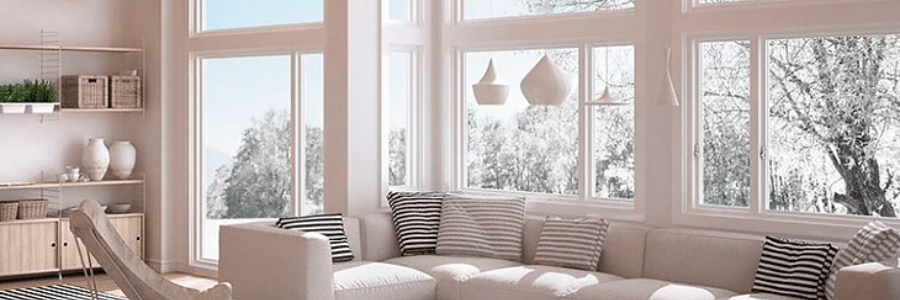
Disadvantages of Solid Vinyl Frames:
- Higher Cost: These frames usually come with a higher price tag, which can be a consideration for budget-conscious homeowners. However, it’s important to weigh this initial investment against the long-term benefits of durability and energy efficiency.
- Heavier: Their increased weight may complicate installation, requiring more effort and possibly additional labor. This could result in higher installation costs, so it’s important to consider these factors when budgeting for your window project.
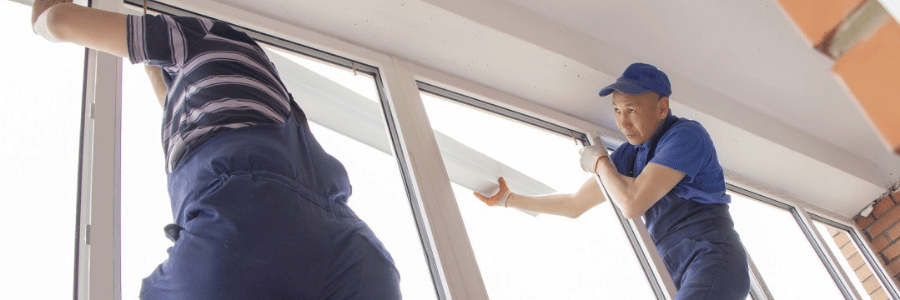
Making the Right Choice
When deciding between hollow and solid vinyl frames, consider several factors, including your budget, climate, and the specific needs of your home. If you live in a mild climate where extreme weather is not a concern and are looking for a cost-effective option, hollow vinyl frames may be a suitable choice. However, if you reside in an area that experiences extreme weather conditions or if durability and energy efficiency are your top priorities, investing in solid vinyl frames could be the more beneficial option. Assessing your individual situation will help guide you to the best decision for your home.
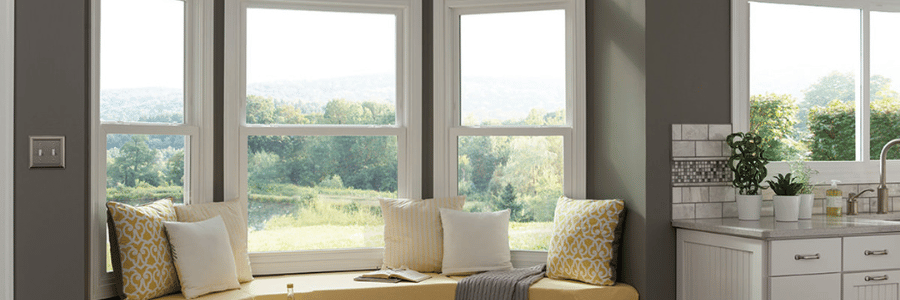
Conclusion
Understanding the differences between hollow and solid vinyl frames is essential for making an informed decision about your window replacement or new construction project. Both options offer unique benefits and drawbacks, so weighing these factors against your specific requirements will help you choose the best option for your home. By selecting the right vinyl frame, you can enhance your home’s aesthetic, comfort, and energy efficiency for years to come. Investing in the right window frames not only improves your living space but also contributes to the overall value of your property, making it a crucial decision for any homeowner.


